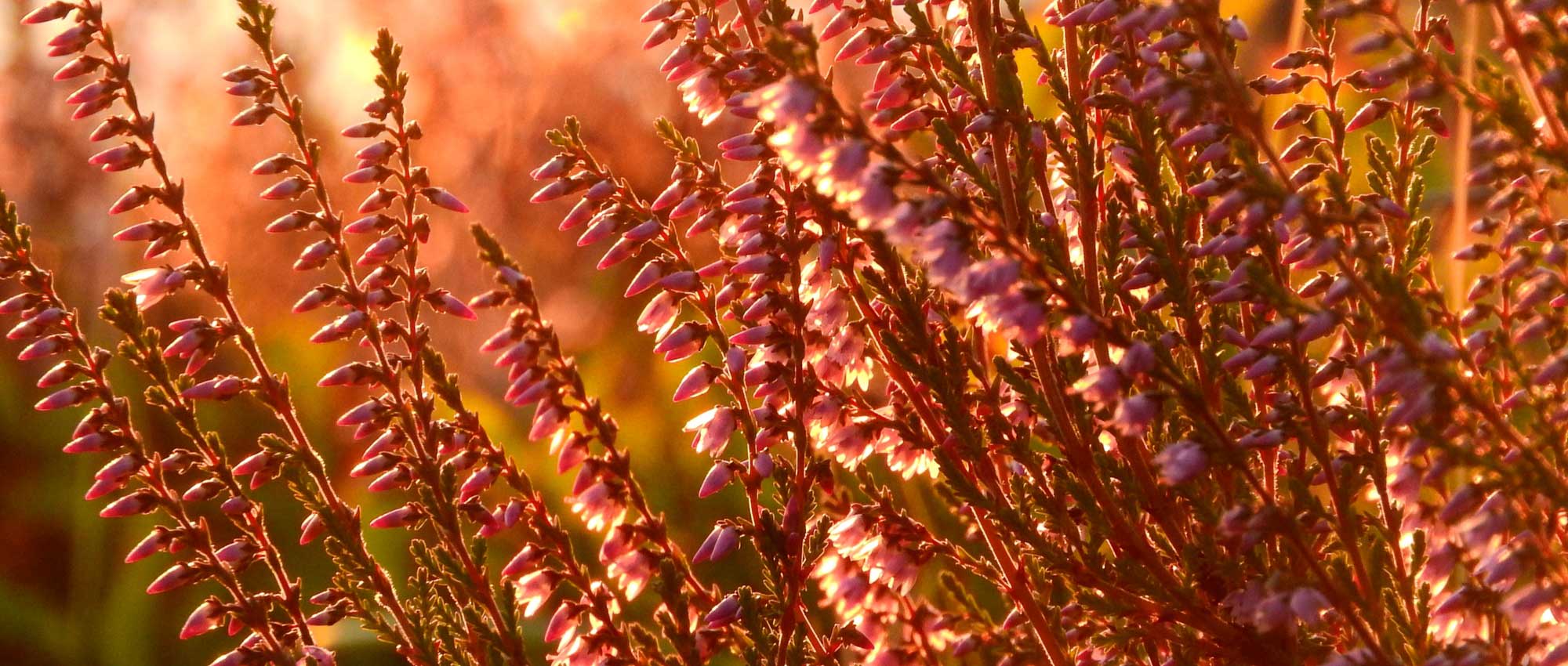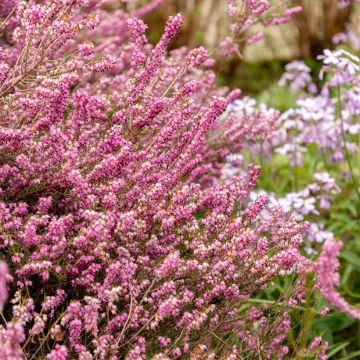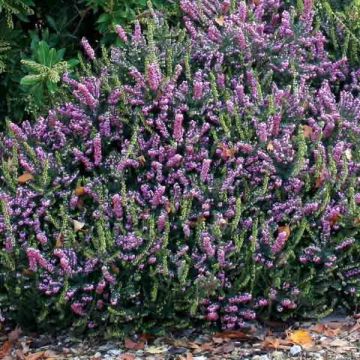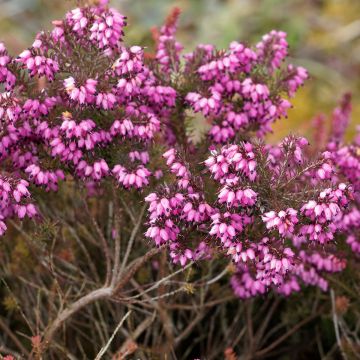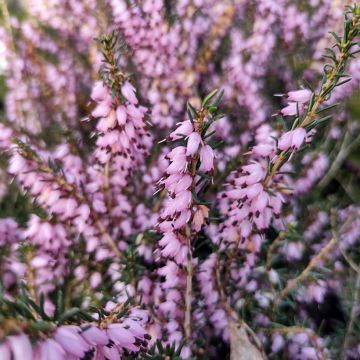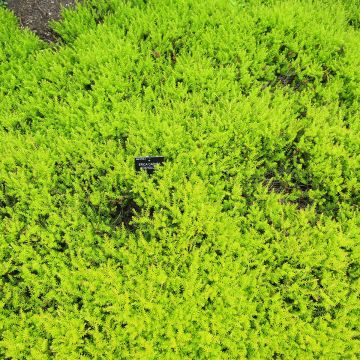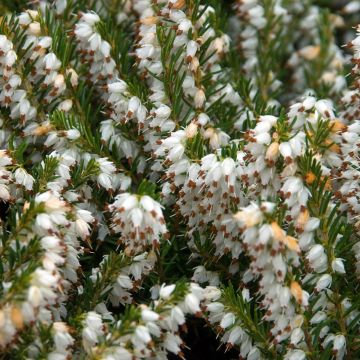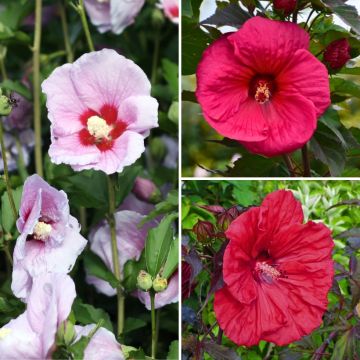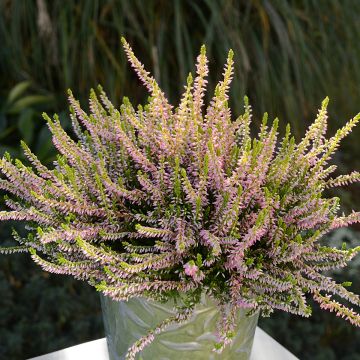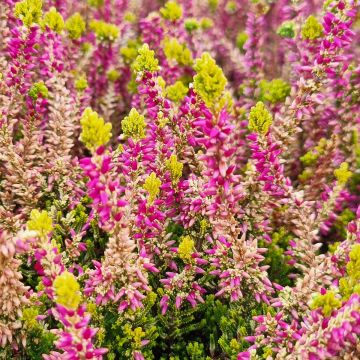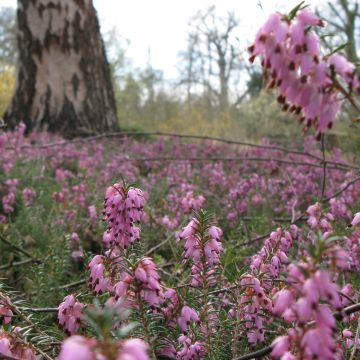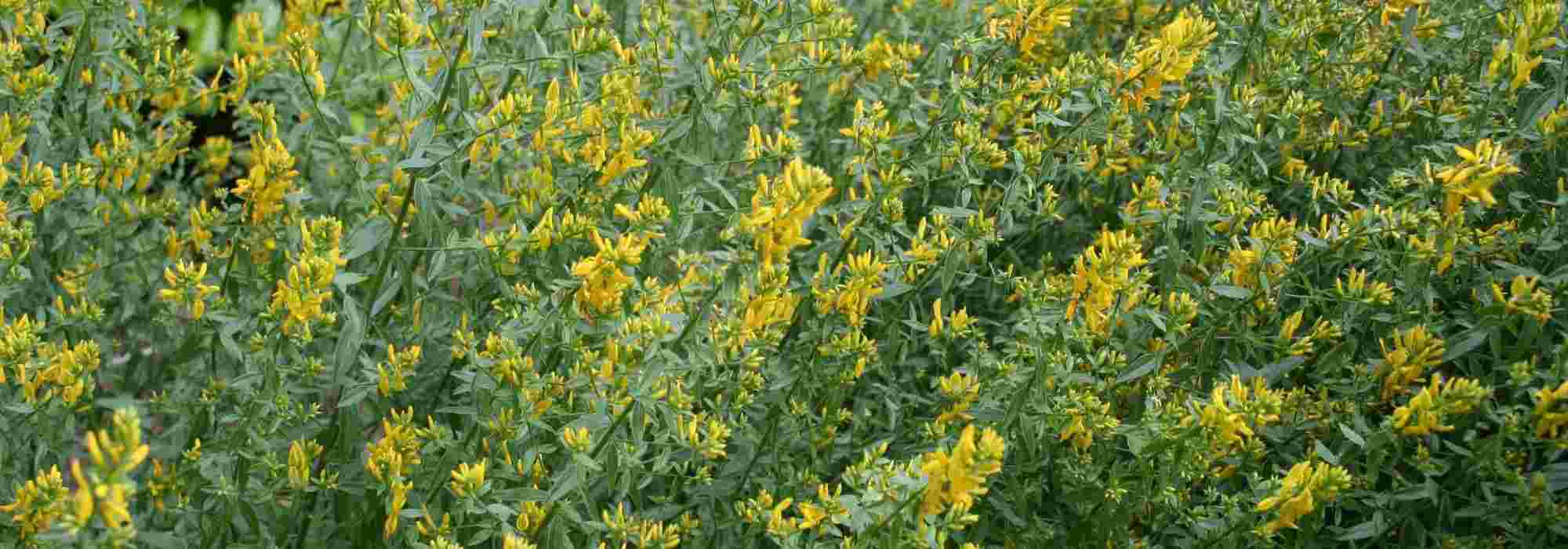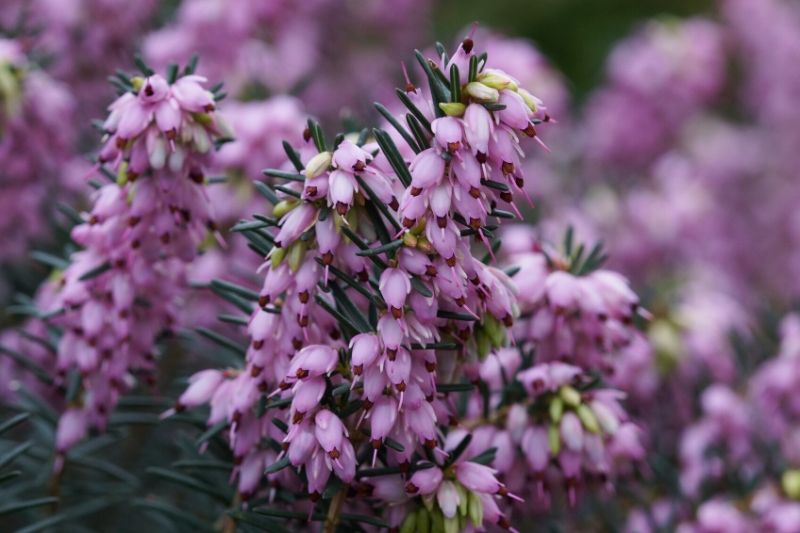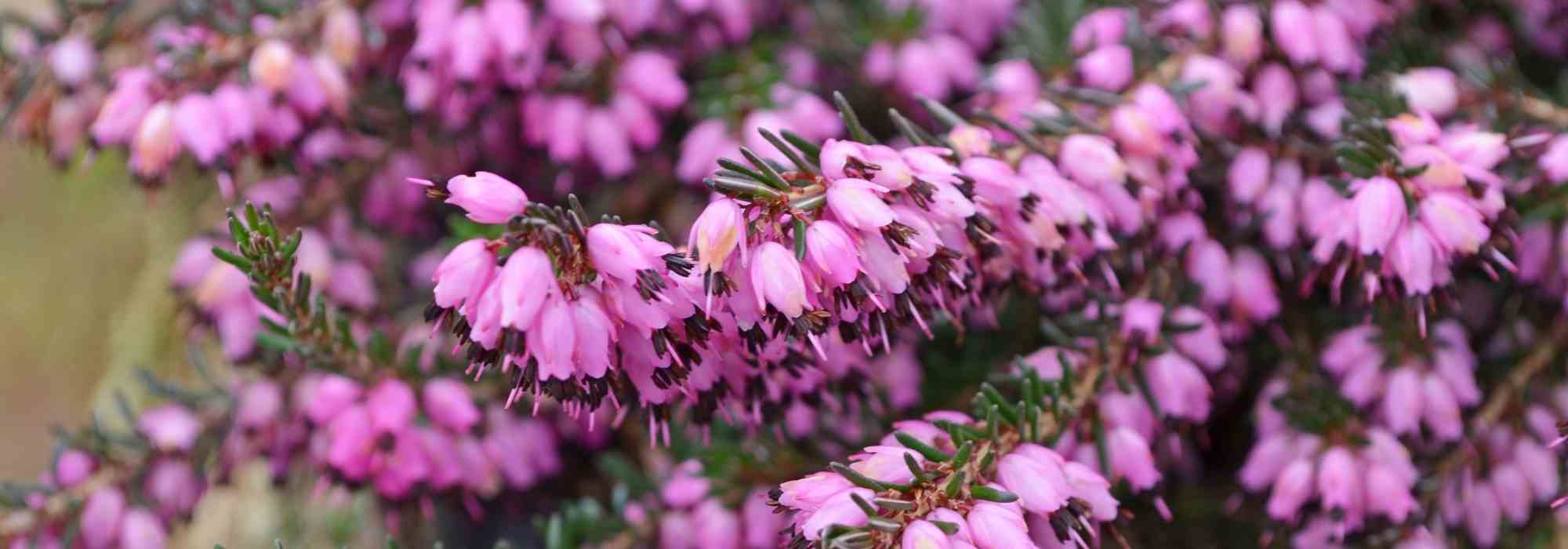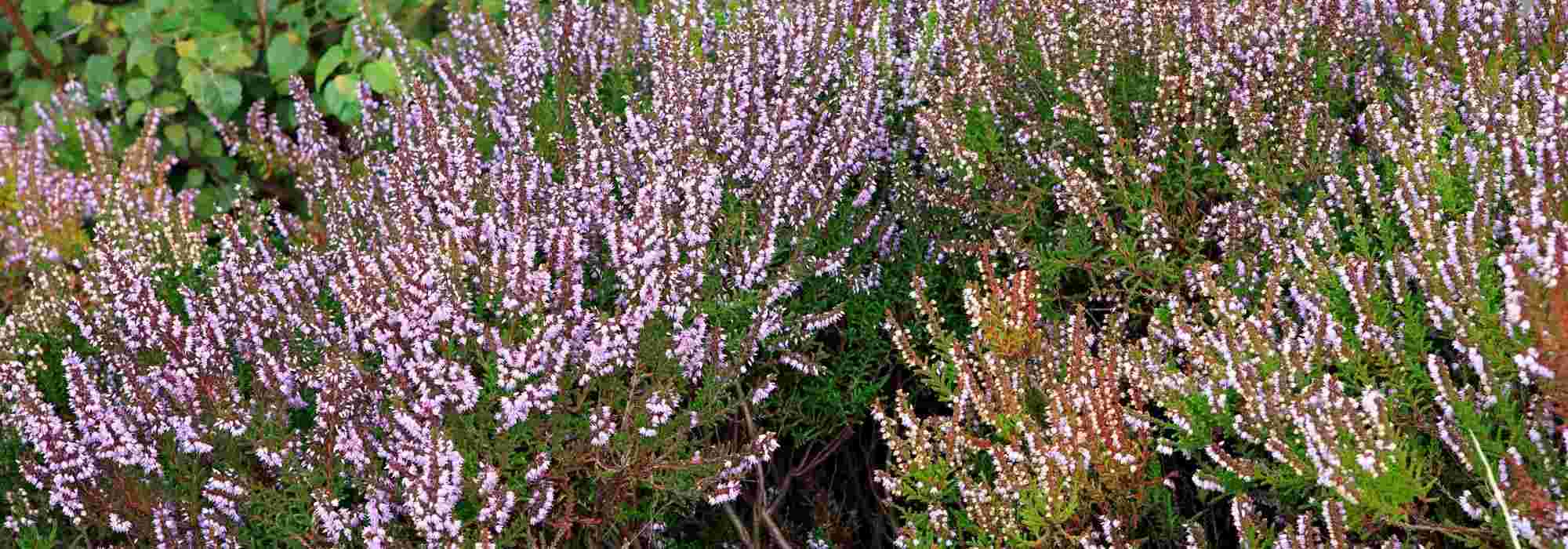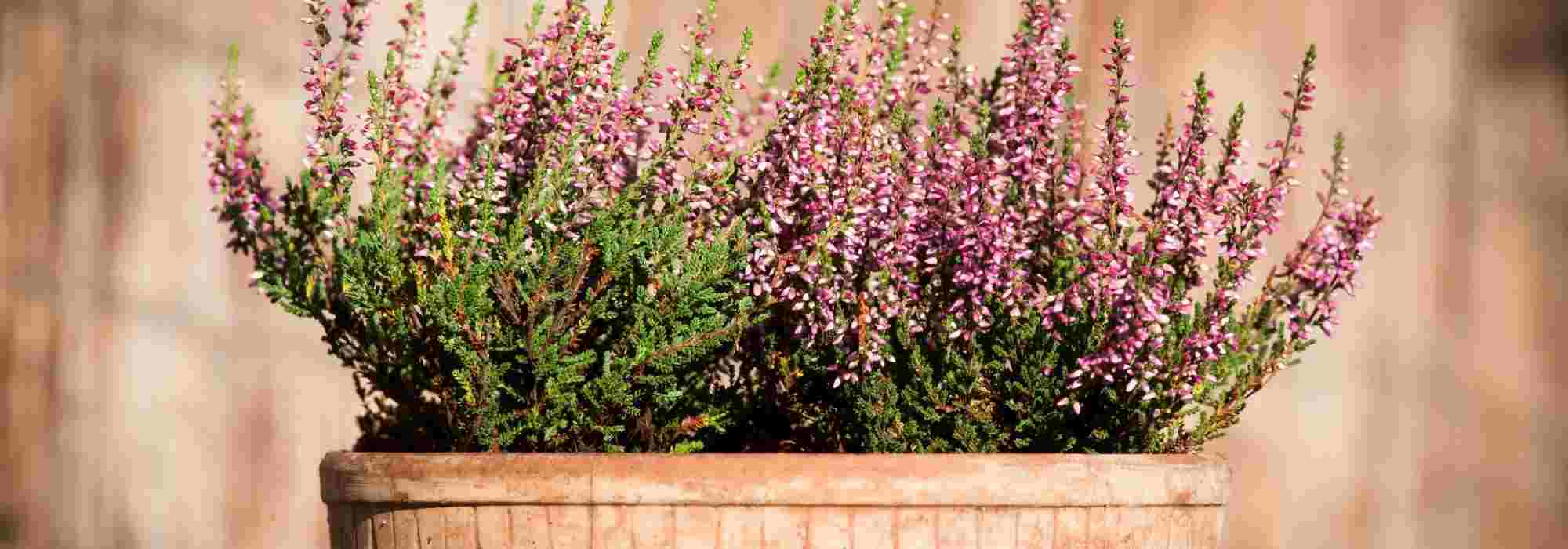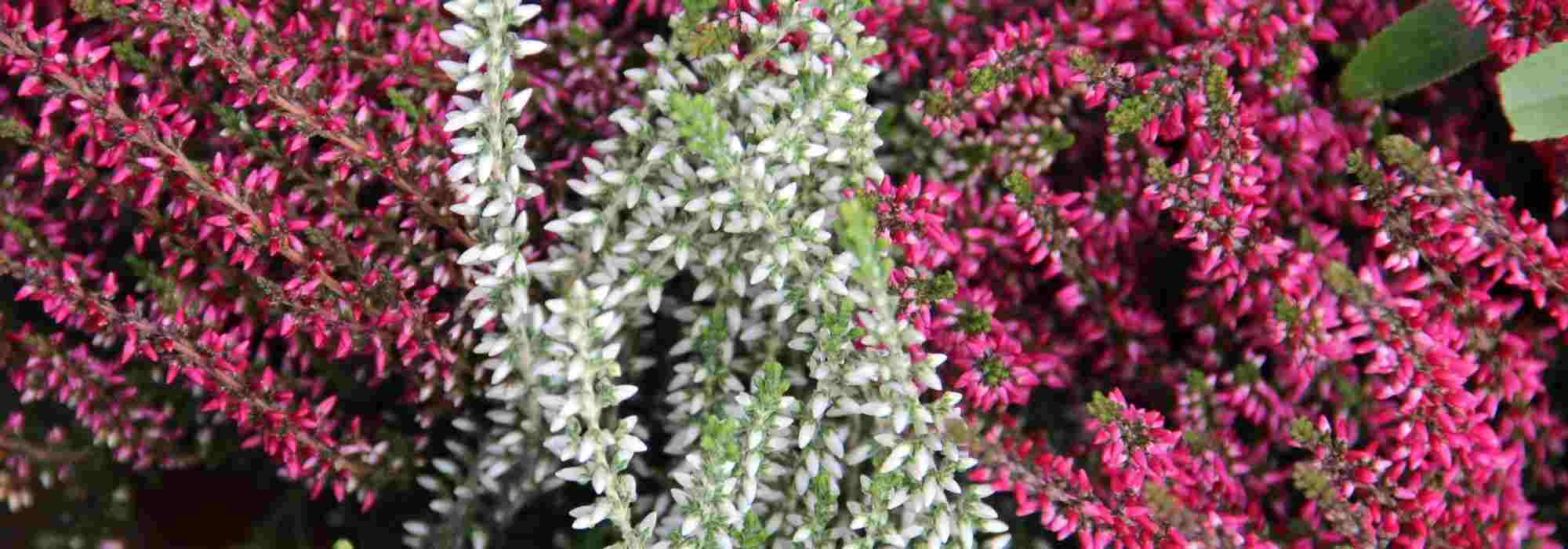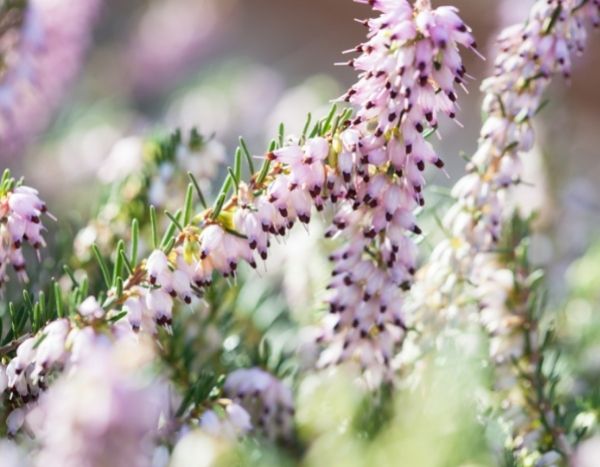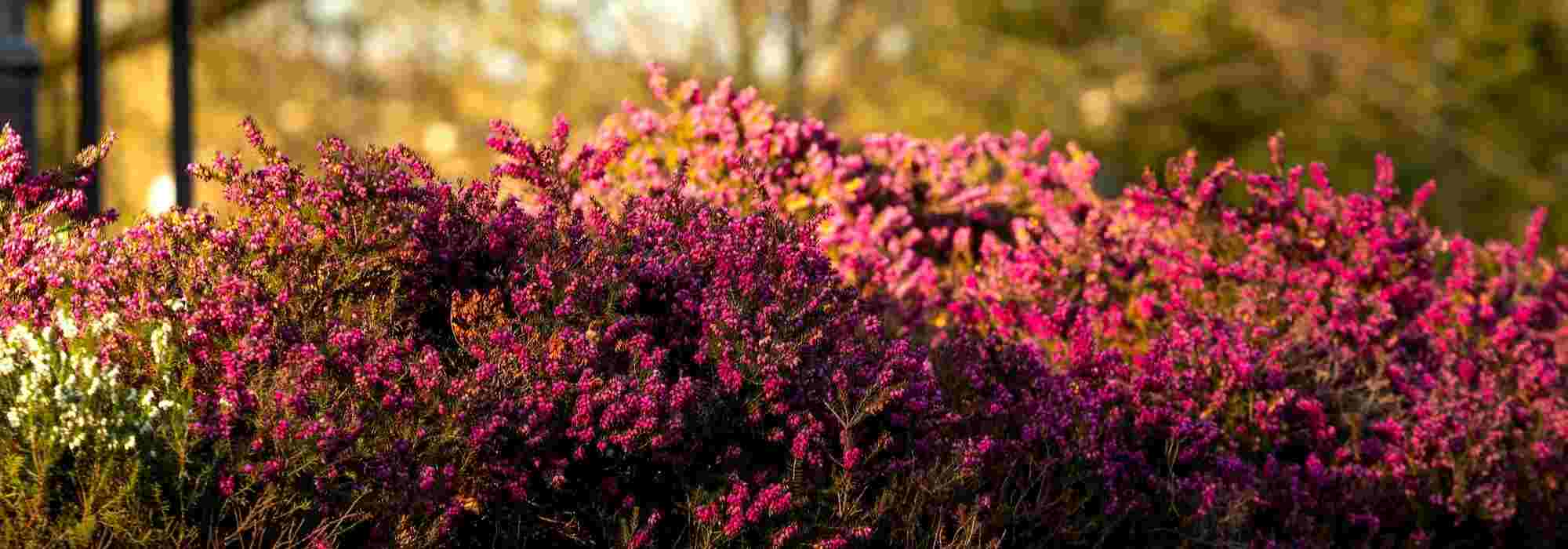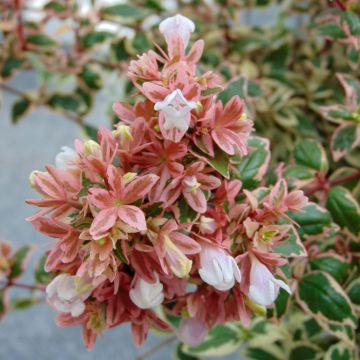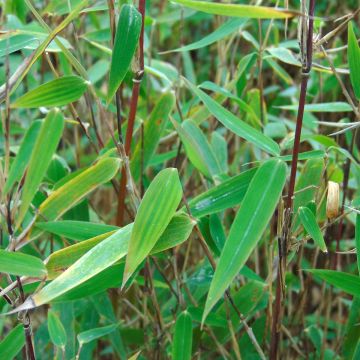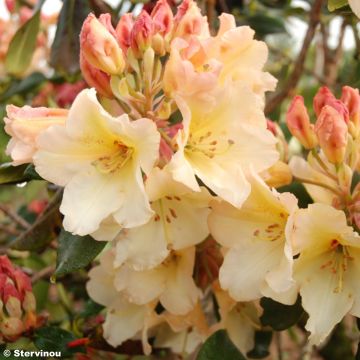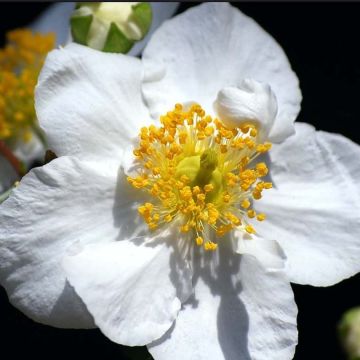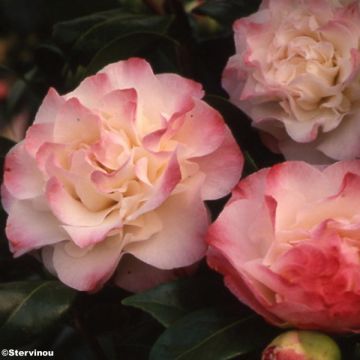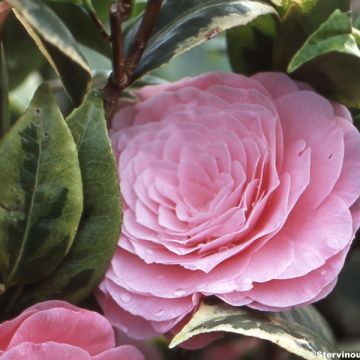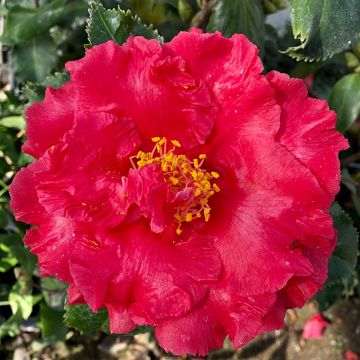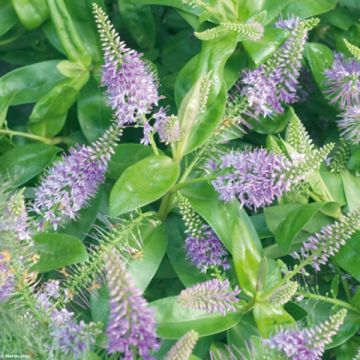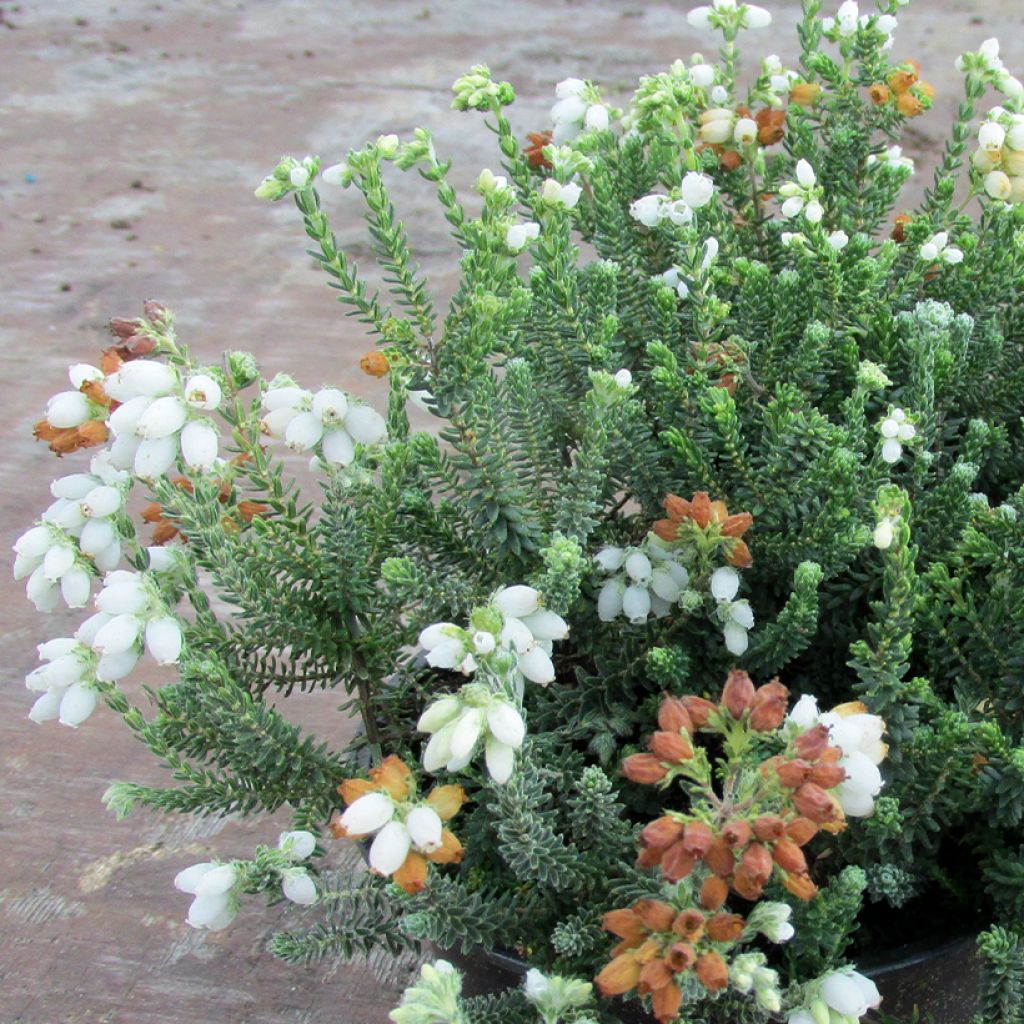

Erica tetralix Alba
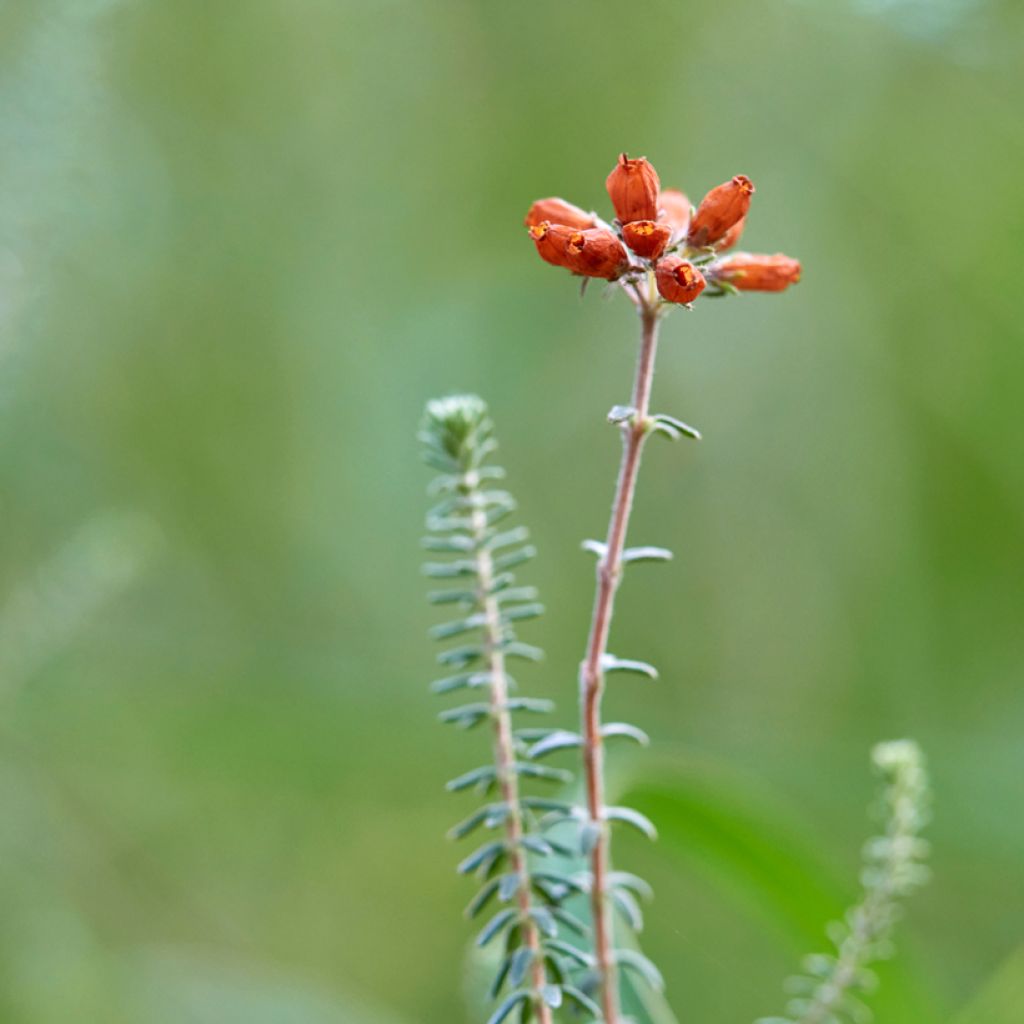

Erica tetralix Alba
Erica tetralix Alba
Erica tetralix Alba
Special offer!
Receive a €20 voucher for any order over €90 (excluding delivery costs, credit notes, and plastic-free options)!
1- Add your favorite plants to your cart.
2- Once you have reached €90, confirm your order (you can even choose the delivery date!).
3- As soon as your order is shipped, you will receive an email containing your voucher code, valid for 3 months (90 days).
Your voucher is unique and can only be used once, for any order with a minimum value of €20, excluding delivery costs.
Can be combined with other current offers, non-divisible and non-refundable.
Home or relay delivery (depending on size and destination)
Schedule delivery date,
and select date in basket
This plant carries a 24 months recovery warranty
More information
We guarantee the quality of our plants for a full growing cycle, and will replace at our expense any plant that fails to recover under normal climatic and planting conditions.
Does this plant fit my garden?
Set up your Plantfit profile →
Description
The 'Alba' Erica tetralix is a variety of marsh heather with white flowers. In cool tones, it complements the grey-green, silvery foliage. The plant forms a low, spreading ground cover that expands over time, less dense than other heathers. The texture of the foliage is velvety, as it is covered in down. The plant blooms for a long time, albeit not abundantly, in terminal clusters of small bells. Plant in acidic, well-drained and moist soil.
The Erica tetralix is a native species of Western Europe, particularly in regions influenced by the coastal climate. It is hardy down to -30º C. This species is attractive for its spreading habit, bright foliage, and charming pink flowering in summer. This small evergreen shrub, with a spreading habit, reaches about 20 cm in height and 30 cm in width at maturity, with a fairly slow growth rate. Its lifespan is around 10 to 15 years. It typically blooms between June and August depending on the climate, for several weeks. Its flowers are small pink urns that lighten in colour. These flowers, measuring 5 to 9 mm in length, are gathered in umbels, sparsely populated, with 5 to 12 pendulous flowers that are slightly fragrant and are carried at the tops of the stems, amidst thread-like, sessile leaves arranged in whorls of 4. The branches and foliage are covered in sticky glandular down that catches the light.
The 'Alba' variety presents a flowering of small white bells, gathered in terminal clusters, less abundant than in other heather species that bloom along the entire stem. However, it blooms for a long time, from June to October. It reaches 25 cm in height and 45 cm in width at maturity.
This 'Alba' marsh heather can be planted with other heathers to create beautiful carpets with diverse foliage and blooms. In a ericaceous bed, it makes an excellent ground cover, but it also works well with dwarf conifers, with which it harmonises in terms of foliage colour and texture. Its evergreen grey-green, downy foliage brings life to the foreground of beds or borders all year round, especially lovely with low blue-flowering plants like small campanulas or Veronica umbrosa 'Georgia Blue', which is so charming.
Plant habit
Flowering
Foliage
Botanical data
Erica
tetralix
Alba
Ericaceae
Western Europe
Other Heather
View all →Planting and care
The Erica tetralix Alba enjoys full sun, which enhances its flowering, and can grow in any type of soil, even clayey, as long as it is well-drained and moist to wet. Once well established, it can withstand anything, but its planting must be carefully done and watering should be consistent during the first two years: if the root ball dries out while the root system is still undeveloped, the plant will die. Conversely, waterlogged soil, especially in hot weather, can promote the development of a fungus called Phytophthora which, once established, will be detrimental to this heather.
During planting, it is advisable to loosen the root ball a little, trim any excessively long roots, and plant in a hole of 30x30 cm, filled with a mixture of turf, ericaceous soil, and garden soil. Water it once or twice a week depending on the ambient temperature, to keep the soil moist while the plant establishes itself. To maintain a compact habit and increase the lifespan of the heather, it is helpful, every year after flowering, to prune the faded branches to 2-5 cm from the previous year's growth, making sure not to cut below the last green leaves. Erica can also be susceptible to phythium and rhizoctonia during hot and humid periods. Fertiliser is not necessary, in fact, it is discouraged, to avoid promoting foliage production at the expense of flowering (heathers are generally plants that thrive in poor soils).
Planting period
Intended location
Care
Planting & care advice
This item has not been reviewed yet - be the first to leave a review about it.
Similar products
Haven't found what you were looking for?
Hardiness is the lowest winter temperature a plant can endure without suffering serious damage or even dying. However, hardiness is affected by location (a sheltered area, such as a patio), protection (winter cover) and soil type (hardiness is improved by well-drained soil).

Photo Sharing Terms & Conditions
In order to encourage gardeners to interact and share their experiences, Promesse de fleurs offers various media enabling content to be uploaded onto its Site - in particular via the ‘Photo sharing’ module.
The User agrees to refrain from:
- Posting any content that is illegal, prejudicial, insulting, racist, inciteful to hatred, revisionist, contrary to public decency, that infringes on privacy or on the privacy rights of third parties, in particular the publicity rights of persons and goods, intellectual property rights, or the right to privacy.
- Submitting content on behalf of a third party;
- Impersonate the identity of a third party and/or publish any personal information about a third party;
In general, the User undertakes to refrain from any unethical behaviour.
All Content (in particular text, comments, files, images, photos, videos, creative works, etc.), which may be subject to property or intellectual property rights, image or other private rights, shall remain the property of the User, subject to the limited rights granted by the terms of the licence granted by Promesse de fleurs as stated below. Users are at liberty to publish or not to publish such Content on the Site, notably via the ‘Photo Sharing’ facility, and accept that this Content shall be made public and freely accessible, notably on the Internet.
Users further acknowledge, undertake to have ,and guarantee that they hold all necessary rights and permissions to publish such material on the Site, in particular with regard to the legislation in force pertaining to any privacy, property, intellectual property, image, or contractual rights, or rights of any other nature. By publishing such Content on the Site, Users acknowledge accepting full liability as publishers of the Content within the meaning of the law, and grant Promesse de fleurs, free of charge, an inclusive, worldwide licence for the said Content for the entire duration of its publication, including all reproduction, representation, up/downloading, displaying, performing, transmission, and storage rights.
Users also grant permission for their name to be linked to the Content and accept that this link may not always be made available.
By engaging in posting material, Users consent to their Content becoming automatically accessible on the Internet, in particular on other sites and/or blogs and/or web pages of the Promesse de fleurs site, including in particular social pages and the Promesse de fleurs catalogue.
Users may secure the removal of entrusted content free of charge by issuing a simple request via our contact form.
The flowering period indicated on our website applies to countries and regions located in USDA zone 8 (France, the United Kingdom, Ireland, the Netherlands, etc.)
It will vary according to where you live:
- In zones 9 to 10 (Italy, Spain, Greece, etc.), flowering will occur about 2 to 4 weeks earlier.
- In zones 6 to 7 (Germany, Poland, Slovenia, and lower mountainous regions), flowering will be delayed by 2 to 3 weeks.
- In zone 5 (Central Europe, Scandinavia), blooming will be delayed by 3 to 5 weeks.
In temperate climates, pruning of spring-flowering shrubs (forsythia, spireas, etc.) should be done just after flowering.
Pruning of summer-flowering shrubs (Indian Lilac, Perovskia, etc.) can be done in winter or spring.
In cold regions as well as with frost-sensitive plants, avoid pruning too early when severe frosts may still occur.
The planting period indicated on our website applies to countries and regions located in USDA zone 8 (France, United Kingdom, Ireland, Netherlands).
It will vary according to where you live:
- In Mediterranean zones (Marseille, Madrid, Milan, etc.), autumn and winter are the best planting periods.
- In continental zones (Strasbourg, Munich, Vienna, etc.), delay planting by 2 to 3 weeks in spring and bring it forward by 2 to 4 weeks in autumn.
- In mountainous regions (the Alps, Pyrenees, Carpathians, etc.), it is best to plant in late spring (May-June) or late summer (August-September).
The harvesting period indicated on our website applies to countries and regions in USDA zone 8 (France, England, Ireland, the Netherlands).
In colder areas (Scandinavia, Poland, Austria...) fruit and vegetable harvests are likely to be delayed by 3-4 weeks.
In warmer areas (Italy, Spain, Greece, etc.), harvesting will probably take place earlier, depending on weather conditions.
The sowing periods indicated on our website apply to countries and regions within USDA Zone 8 (France, UK, Ireland, Netherlands).
In colder areas (Scandinavia, Poland, Austria...), delay any outdoor sowing by 3-4 weeks, or sow under glass.
In warmer climes (Italy, Spain, Greece, etc.), bring outdoor sowing forward by a few weeks.






























